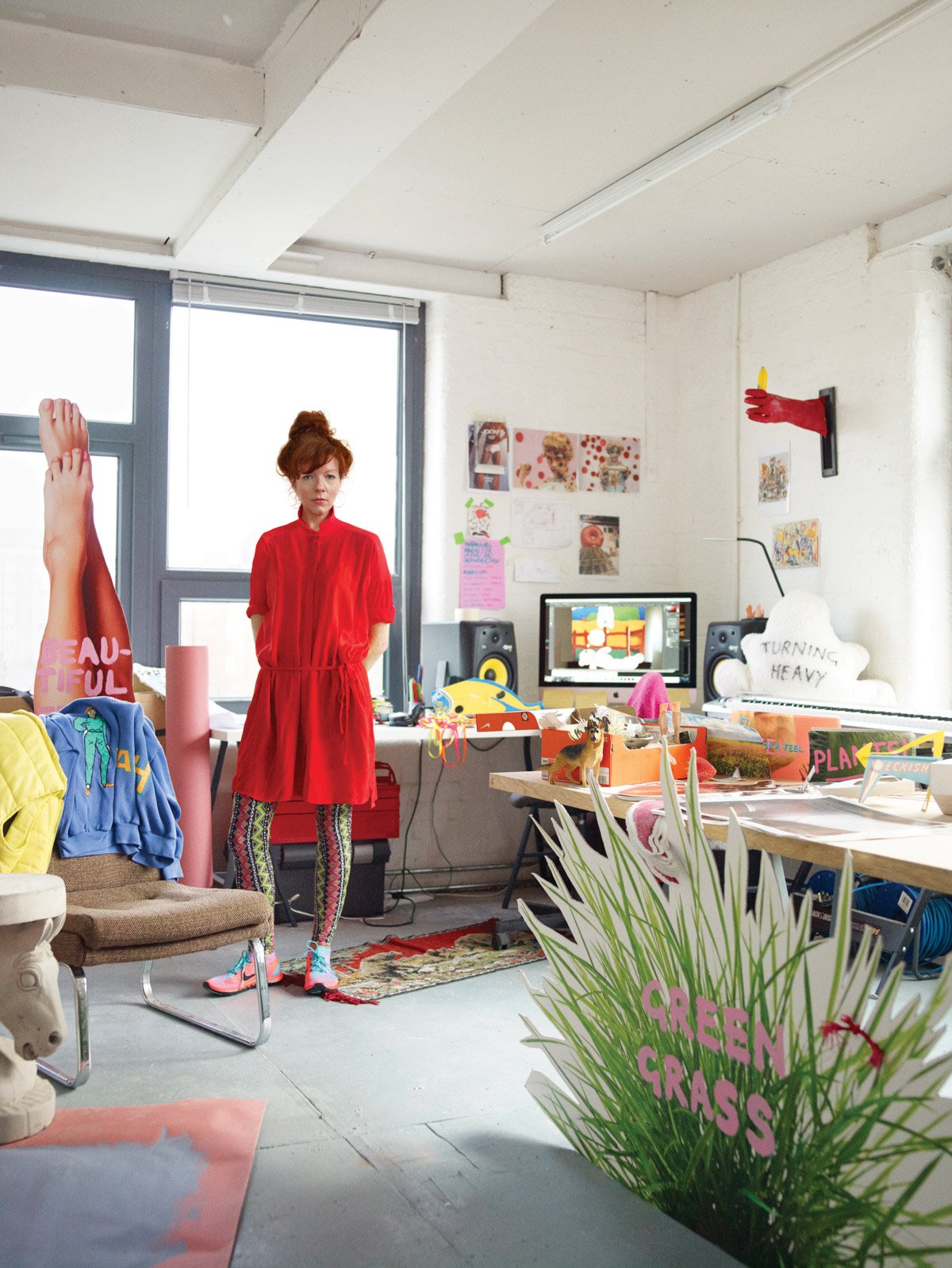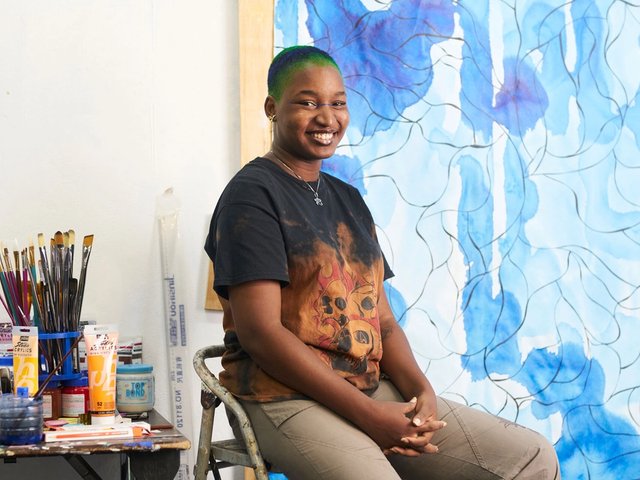Heather Phillipson
Jezzamathatics or Introduction to the Wonderful Process of Painting (1965 essay) by Leonora Carrington
“I hope it goes without saying that there’s almost nothing an artist enjoys less than writing an ‘artist statement’. Fortunately, there’s a blueprint for how to ditch the deathliness. OK, Leonora Carrington’s Jezzamathatics or Introduction to the Wonderful Process of Painting is not a book, it’s a ‘mock artist statement’, but I recommend reading it not only this summer but also cross-seasonally hereafter. Several years since it first whanged into me, I’m still picking its gluey threads off my neurons. It rendered me almost entirely incoherent (my preferred state) […] In only a few paragraphs, Carrington’s eye-boggling picture parade ranges over at least as many unearthly territories, plot-twists and hypnotic and brain-mangling sessions as any self-respecting artist’s mind-in-crisis. As this text seems unfathomably and unfairly hard to get hold of, I can here treat you to a taste of its final paragraph, whose denouement is ‘to explode here and there with the soundless perversity of zero sirns in an incalculable gesture of suspended astonishment’. Could anything be more lifelike?”
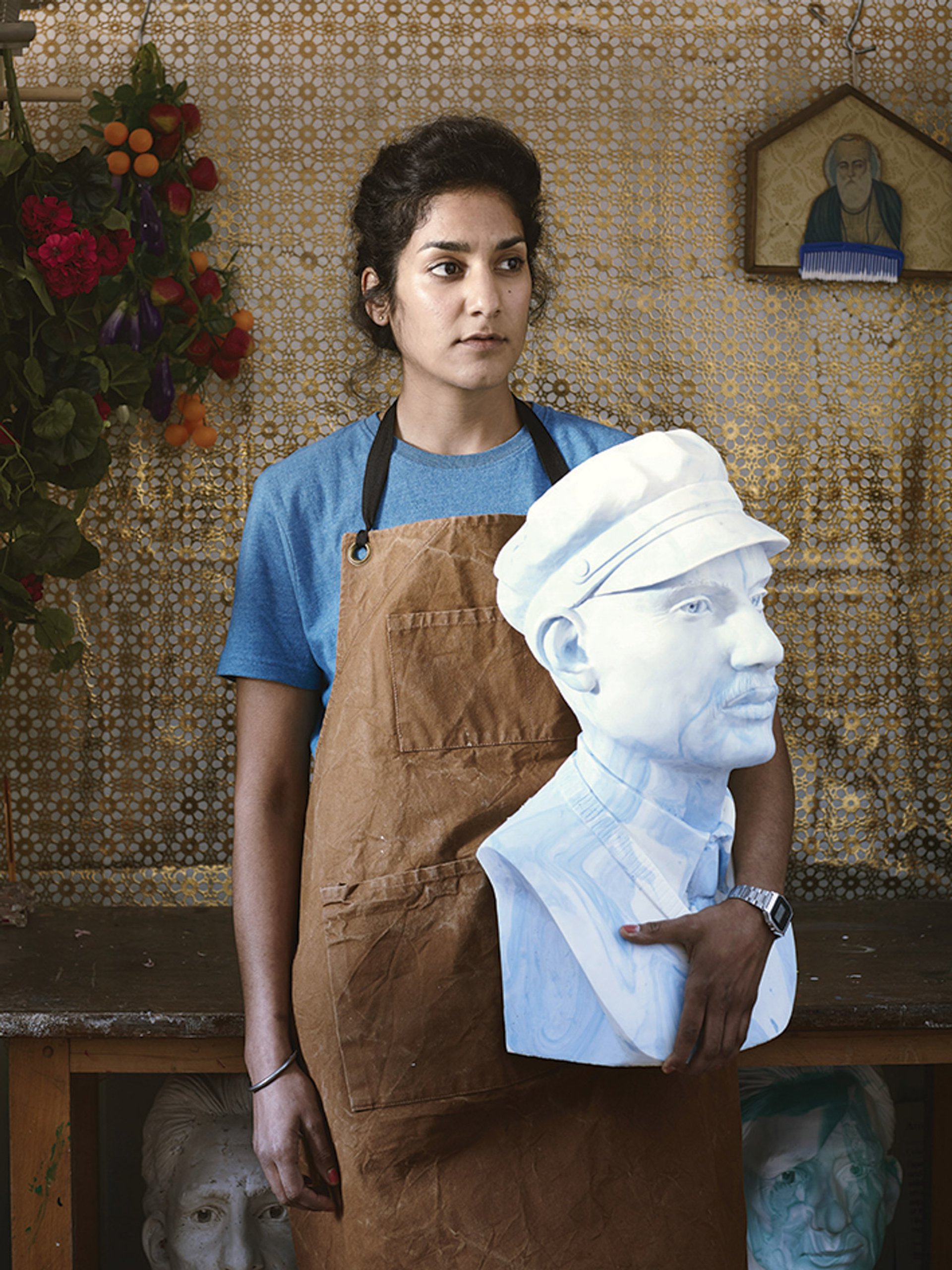
Jasleen Kaur Photo: © Jake Curtis
Jasleen Kaur
No Archive Will Restore You (2018) by Julietta Singh
“The book merges academic theory with the personal, considering the body as an archive and jumping off from Antonio Gramsci’s comment that history leaves in us an infinity of traces.”

Michael Elmgreen and Ingar Dragset © Elmar Vestner
Elmgreen and Dragset
Abstract Bodies: Sixties Sculpture in the Expanded Field of Gender (2015) by David Getsy Tell
Them I Said No (2016) by Martin Herbert
“David Getsy looks at artists like John Chamberlain and Dan Flavin from the 1960s who are thought to work in a formal language, but in his readings the abstract forms are seen as bodily representations, and their practices are open for interpretation [through] links to sexual politics. Martin Herbert’s compilation of essays on artists, who at different points in their careers have chosen to withdraw from the art world, shows us the power of having the strength to say no. Many of the names included, such as Cady Noland or Charlotte Posenenske, have had great significance for our generation of artists. Both books not only provide new art historical perspectives but are also highly entertaining.”
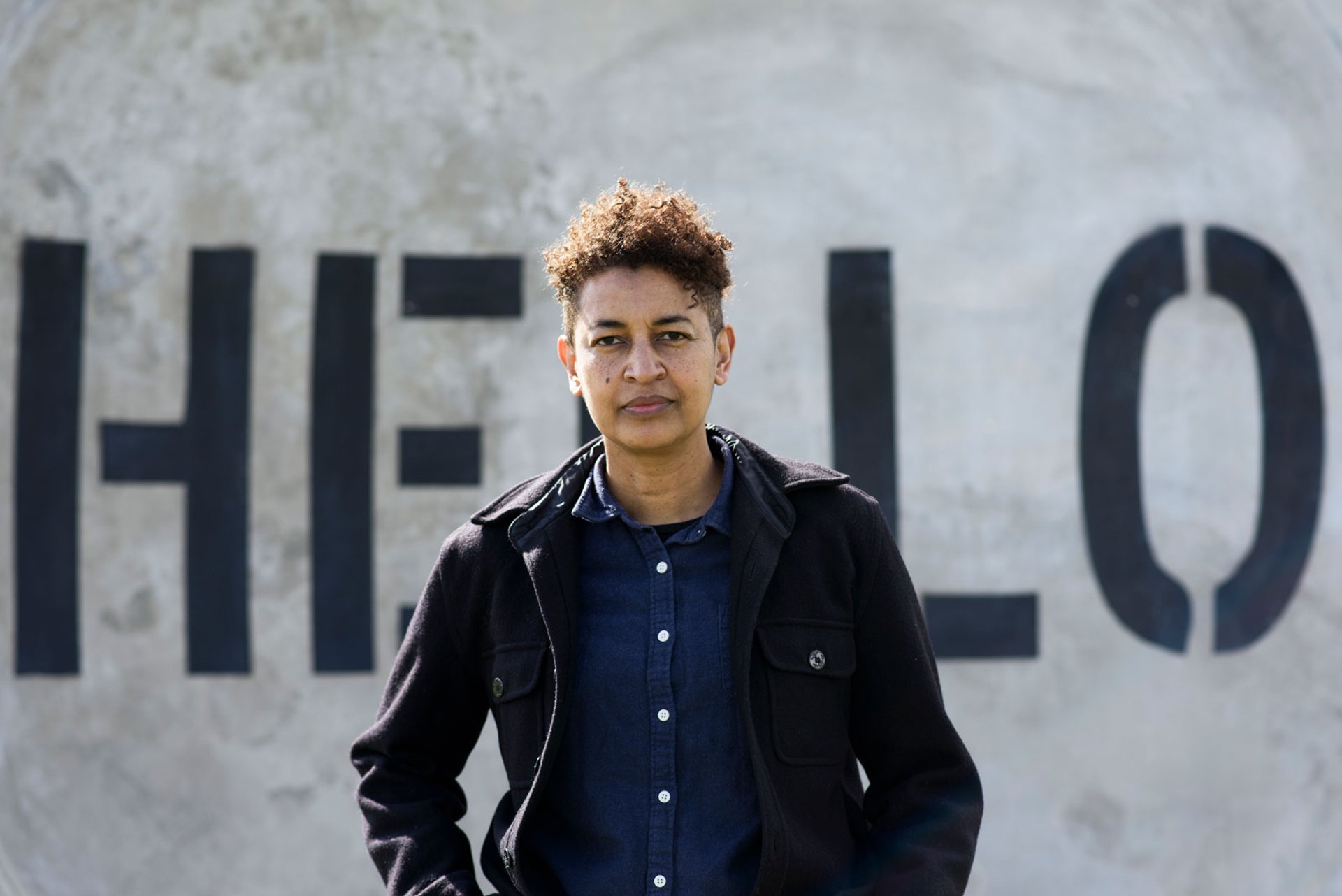
Katrina Palmer in front of her work titled HELLO Co-commissioned by Waterfronts and Metal; Photo: Thierry Bal
Katrina Palmer
Black and Blur (2017) by Fred Moten
“My recommended book for the summer is Black and Blur. A brilliant collection of essays, part of a series that investigates notions of Blackness and its representation. This is writing and practice that summons the irregular and the resistant.”
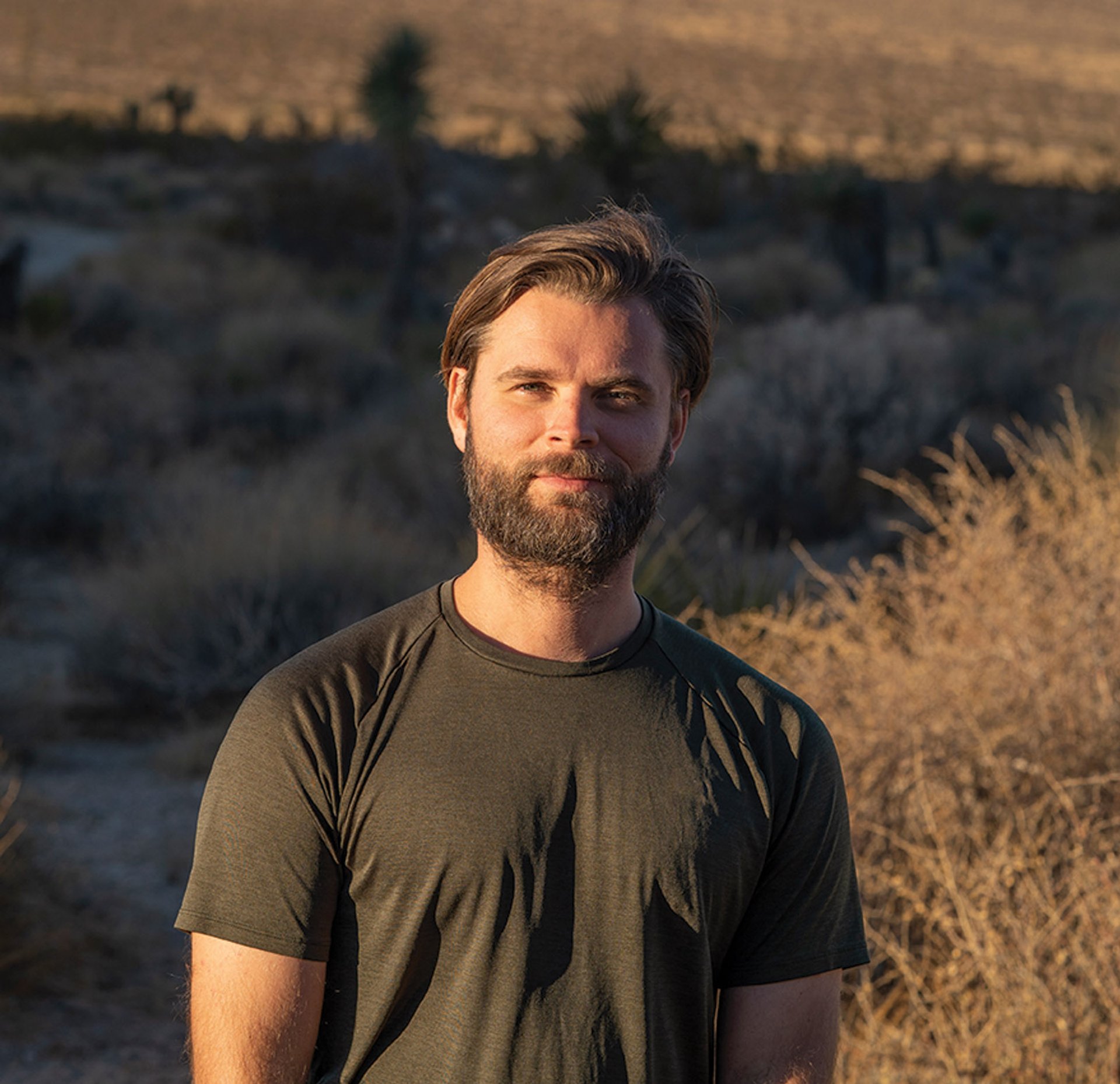
Jakob Kudsk Steensen Steensen: Courtesy of the artist
Jakob Kudsk Steensen
An Apartment on Uranus (2019) by Paul B. Preciado
Psychomagic: the Transformative Power of Shamanic Psychotherapy (2010) by Alejandro Jodorowsky
“An Apartment on Uranus has refreshing takes on identity, boundaries, tourism, gender, nation states, multi-species love and nationalism through a series of short letters. It is written in an engaging and eye-opening way, rather than lecturing or moralising. I have also recently dug up my collection of Jodorowsky comic books: The Incal and his book on ‘psychomagic’. After a year of enclosure, injections of spiritual thinking and the wildest imagination are rejuvenating to me. It activates spaces in the brain that have been on hiatus during lockdown.”

Tala Madani Photo: Adam Laycock
Tala Madani
Missing Out (2014) by Adam Phillips
Touching and Imagining: an Introduction to Tactile Art (2014) by Ja Švankmajer
Hollow (2021) by Brian Catling
“Adam Phillips uses Shakespeare’s King Lear, as well as Donald Winnicott and Sigmund Freud, to touch on forces that pull us into our lived life and into our unlived imagined life, of what we think we want, what we are so sure of wanting and the use value of not getting what we want. The work relates strongly to all art forms, writing, painting, as well as cultural critique. Touching and Imagining is a brilliant documentation of Jan Švankmajer’s process and thinking. An incredible resource for artists. You’re entering a magnificent mind reading any of Brian Catling’s books. In Hollow, Hieronymus Bosch leaks into the fiction—a viscerally imaginative work.”

Katrin Böhm Courtesy of the artist and The Showroom
Kathrin Böhm
Black Feminist Thought (1990) by Patricia Hill Collins
“I have books I dip in and out of over the year. They’re sitting next to my bed and I’m reading bits, taking away thoughts. Black Feminist Thought is one of those books, and will travel with me this summer, to not just dip [into] but to swim in. The richness and depth and sharpness and beauty of Collins’s research, observations, explanation and demands are extraordinary. It’s the story of Black women and the knowledge they hold. It’s also the story of struggle, systemic racism and ignored intellect. Swimming in a lake early in the morning are my most precious summer moments. Reading Black Feminist Thought is a lake for my brain.”
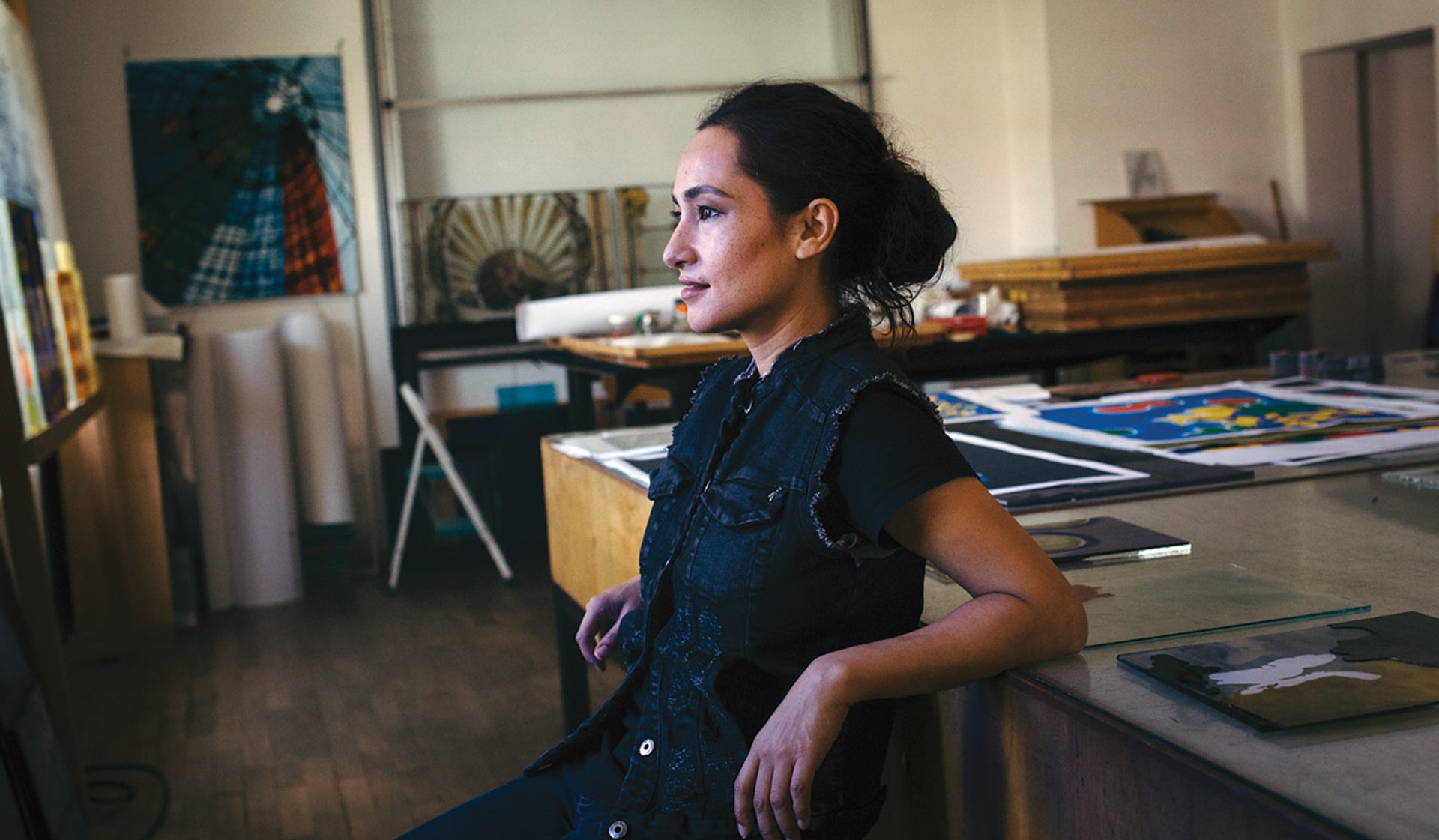
Shahzia Sikander Photo: Matthias Ziegler
Shahzia Sikander
The Empty Room (2018) by Sadia Abbas
“This story delves into the mind and circumstances of a female artist in 1970s Karachi. I love the book as it is a thoughtful and intellectual meditation on art and ideas, is refreshing to read, and gives an insight into the struggles of the Left in Pakistan.”

Shazad Dawood Alexander Coggin
Shezad Dawood
Tentacle (2018) by Rita Indiana
Bluebeard (1987) by Kurt Vonnegut
“[These two books] say something about the ultimate poetry and futility of the physical object as a way of projecting being into form, and the human toll of history on individuals who fall subject to it.”
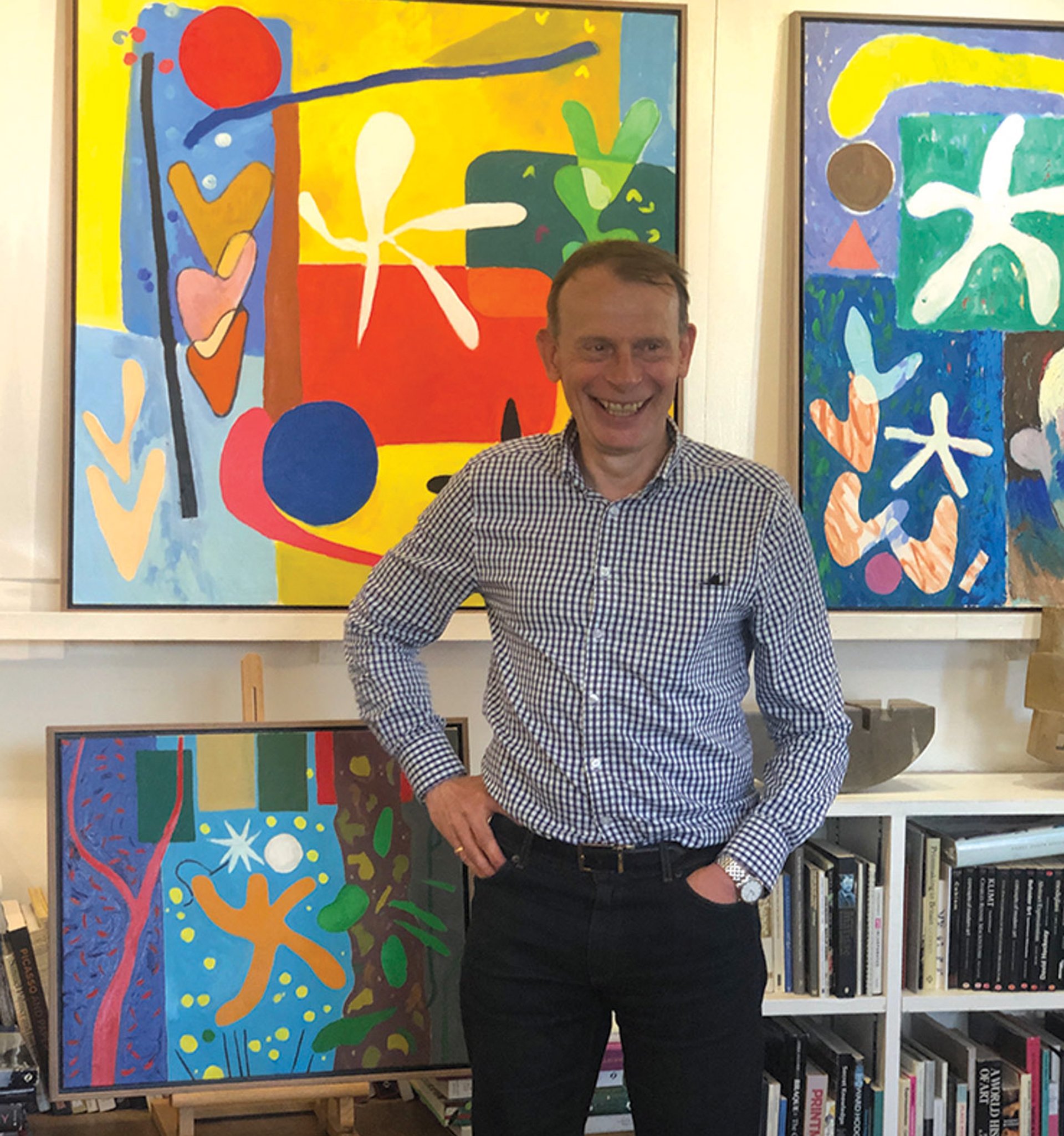
Andrew Marr Courtesy of Eames Fine Art
Andrew Marr
Spring Cannot be Cancelled (2021) by David Hockney and Martin Gayford
“My recommendation would be—because we all need some cheering up—that bright, colourful, informative and intriguing book Spring Cannot be Cancelled. It’s full of Hockney’s musings on art, as well as being gorgeous to look at.”


